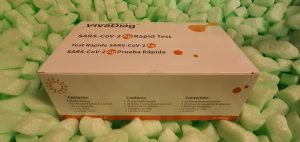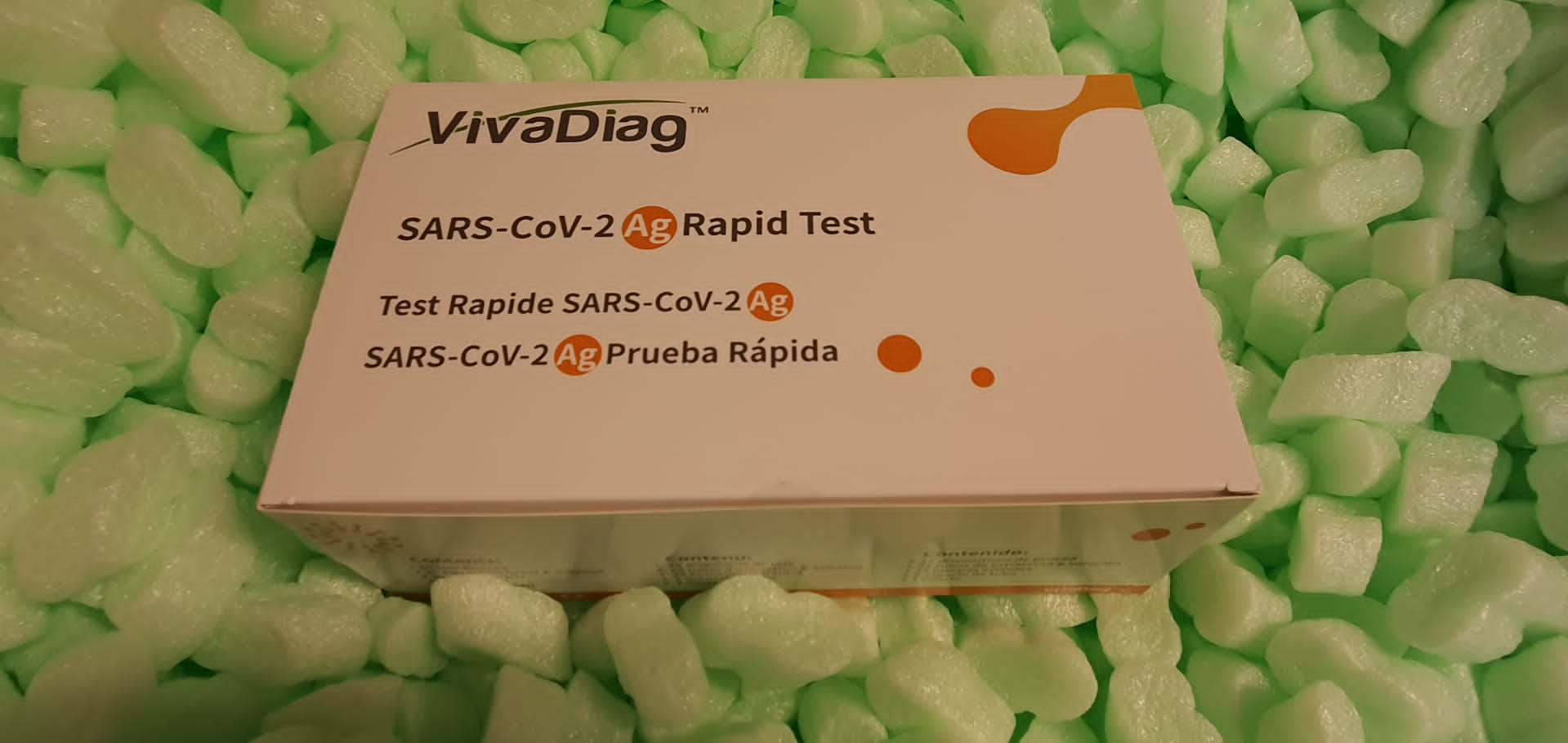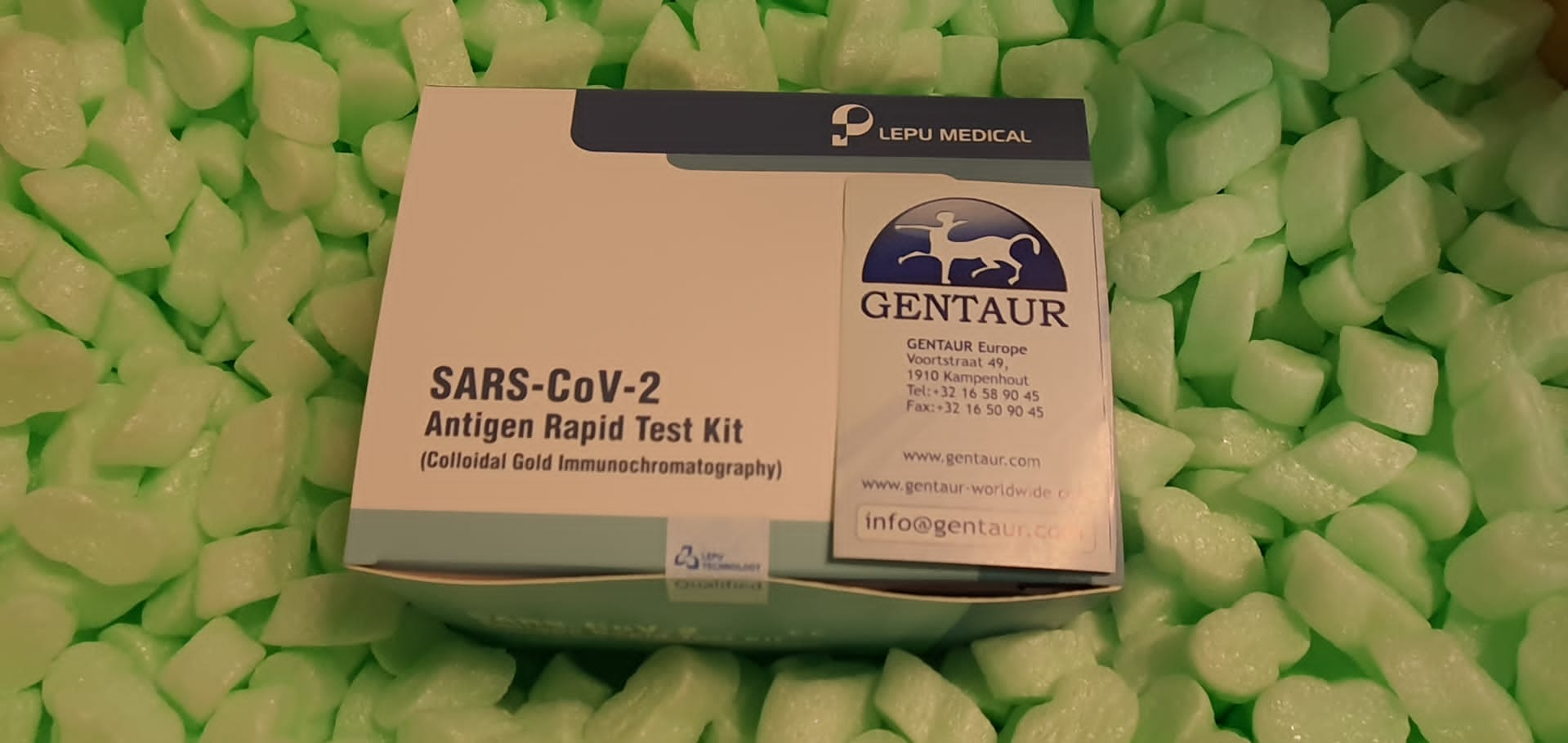These days, there’s an rising demand for extra accessible routine diagnostics for sufferers with respect to excessive accuracy, ease of use, and low value. Nevertheless, the quantitative and excessive accuracy bioassays in massive hospitals and laboratories normally require skilled technicians and gear that’s each cumbersome and costly. As well as, the multistep bioassays and lengthy turnaround time might severely have an effect on the illness surveillance and management particularly in pandemics equivalent to influenza and COVID-19. In view of this, a conveyable, quantitative bioassay gadget will probably be worthwhile in areas with scarce medical sources and assist relieve burden on native healthcare techniques.
Herein, we introduce the MagiCoil diagnostic gadget, an affordable, moveable, quantitative, and speedy bioassay platform primarily based on the magnetic particle spectrometer (MPS) approach. MPS detects the dynamic magnetic responses of magnetic nanoparticles (MNPs) and makes use of the harmonics from oscillating MNPs as metrics for delicate and quantitative bioassays. This gadget doesn’t require skilled technicians to function and employs a totally computerized, one-step, and wash-free assay with a consumer pleasant smartphone interface. Utilizing a streptavidin-biotin binding system as a mannequin, we present that the detection restrict of the present moveable gadget for streptavidin is 64 nM (equal to five.12 pmole).
As well as, this MPS approach could be very versatile and permits for the detection of various ailments simply by altering the floor modifications on MNPs. Though MPS-based bioassays present excessive sensitivities as reported in lots of literatures, on the present stage, this moveable gadget faces inadequate sensitivity and wishes additional enhancements. It’s foreseen that this type of moveable gadget can rework the multistep, laboratory-based bioassays to one-step discipline testing in nonclinical settings equivalent to faculties, houses, places of work, and so forth. Irregular immune responses, particularly extreme differentiation of Th2 cells, are related to the event of atopic dermatitis (AD).
Sophoricoside, the genistein-4′-β-D-glucoside remoted from Styphnolobium japonicum, has beforehand demonstrated anti-inflammatory and immunosuppressive results together with IL-Three and IL-5 inhibitory actions. Due to this fact, we speculated that sophoricoside might regulate AD by regulating irregular immune responses. Topical utility of sophoricoside decreased the signs of AD-like allergic pores and skin irritation, together with elevated hypertrophic scars with spongiotic dermis, epidermal hyperplasia, hyperkeratosis, infiltration of immune, and mast cells, dermal thickness, quantities of immunoglobulins, and pro-inflammatory cytokines, and the mast cell inhabitants within the pores and skin.
Specifically, sophoricoside suppressed the differentiation of naïve CD4+ T cells into Th cell subsets, together with Th1, Th2, and Th17, by inhibiting the expression of their subset-specific grasp transcription components, resulting in suppression of the expression and manufacturing of those cell subset-specific cytokines. Sophoricoside additionally decreased T cell antigen receptor (TCR)-mediated immune responses. Our outcomes counsel that these terpenes may very well be used as an attractant lure to recruit the parasitoid E. formosa for the management of whiteflies in tomato crop fields.
Toxicity of Single-Walled Carbon Nanotubes (SWCNTs): Impact of Lengths, Purposeful Teams and Digital Constructions Revealed by a Quantitative Toxicogenomics Assay
Single-walled carbon nanotubes (SWCNTs) are a bunch of broadly used carbon-based nanomaterials (CNMs) with numerous purposes, which elevate rising public issues related to their potential toxicological impact and dangers on human and ecosystems. On this report, we comprehensively evaluated the nanotoxicity of SWCNTs with their relationship to various lengths, useful teams and digital buildings, by using each newly established quantitative toxicogenomics take a look at, in addition to typical phenotypic bioassays. The target is to disclose potential mobile toxicity and mechanisms of SWCNTs on the molecular degree, and to probe their potential relationships with their morphological, floor, and digital properties.
The outcomes indicated that DNA injury and oxidative stress had been the dominant mechanisms of motion for all SWCNTs and, the toxicity degree and traits diversified with size, floor functionalization and digital construction. Distinguishable molecular toxicity fingerprints had been revealed for the 2 SWCNTs with various size, with quick SWCNT exhibiting larger toxicity degree than the lengthy one. By way of floor properties, SWCNT functionalization, particularly carboxylation and hydroxylation, led to elevated total toxicity, particularly genotoxicity, as in comparison with unmodified SWCNT.
Carboxylated SWCNT induced a better toxicity than the hydroxylated SWCNT. The nucleus is probably going the first goal web site for lengthy, quick, and carboxylated SWCNTs and mechanical perturbation is probably going liable for the DNA injury, particularly associated to degradation of the DNA double helix construction. Lastly, dramatically completely different digital structure-dependent toxicity was noticed with metallic SWCNT exerting a lot larger toxicity than the semiconducting one which exhibited minimal toxicity amongst all SWCNTs.

Differential regulation of cytochrome P450 genes related to biosynthesis and detoxing in bifenthrin-resistant populations of navel orangewom (Amyelois transitella)
Pyrethroid resistance was first reported in 2013 for the navel orangeworm, Amyelois transitella, however the genetic underpinnings of pyrethroid resistance are unknown. We investigated the position of cytochrome P450 monooxygenases (P450s) belonging to the CYP3 and CYP4 clans utilizing colonies derived from people collected in 2016 from almond orchards in two counties. One colony (ALM) originated from an almond orchard in Madera County with no reported pyrethroid resistance and the second colony (R347) originated from the identical Kern County orchard the place pyrethroid resistance was first reported.
[Linking template=”default” type=”products” search=”Corynebacterium diptheriae toxin 5S IgG plus quantitative” header=”1″ limit=”168″ start=”3″ showCatalogNumber=”true” showSize=”true” showSupplier=”true” showPrice=”true” showDescription=”true” showAdditionalInformation=”true” showImage=”true” showSchemaMarkup=”true” imageWidth=”” imageHeight=””]
We used high-throughput quantitative real-time PCR (qRT-PCR) analyses of 65 P450s within the CYP3 and CYP4 clans of A. transitella to establish P450s induced by bifenthrin and related to pyrethroid resistance. 9 P450s had been constitutively overexpressed in R347 in comparison with ALM, together with CYP6AE54 (11.7-fold), belonging to a subfamily related to metabolic pesticide detoxing in Lepidoptera and CYP4G89 (33-fold) belonging to a subfamily related to cuticular hydrocarbon (CHC) synthesis and resistance by way of decreased pesticide penetrance.

